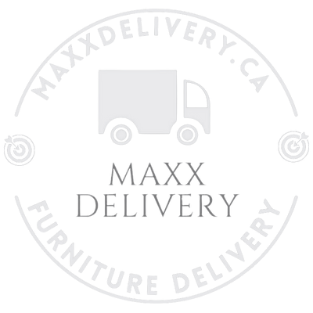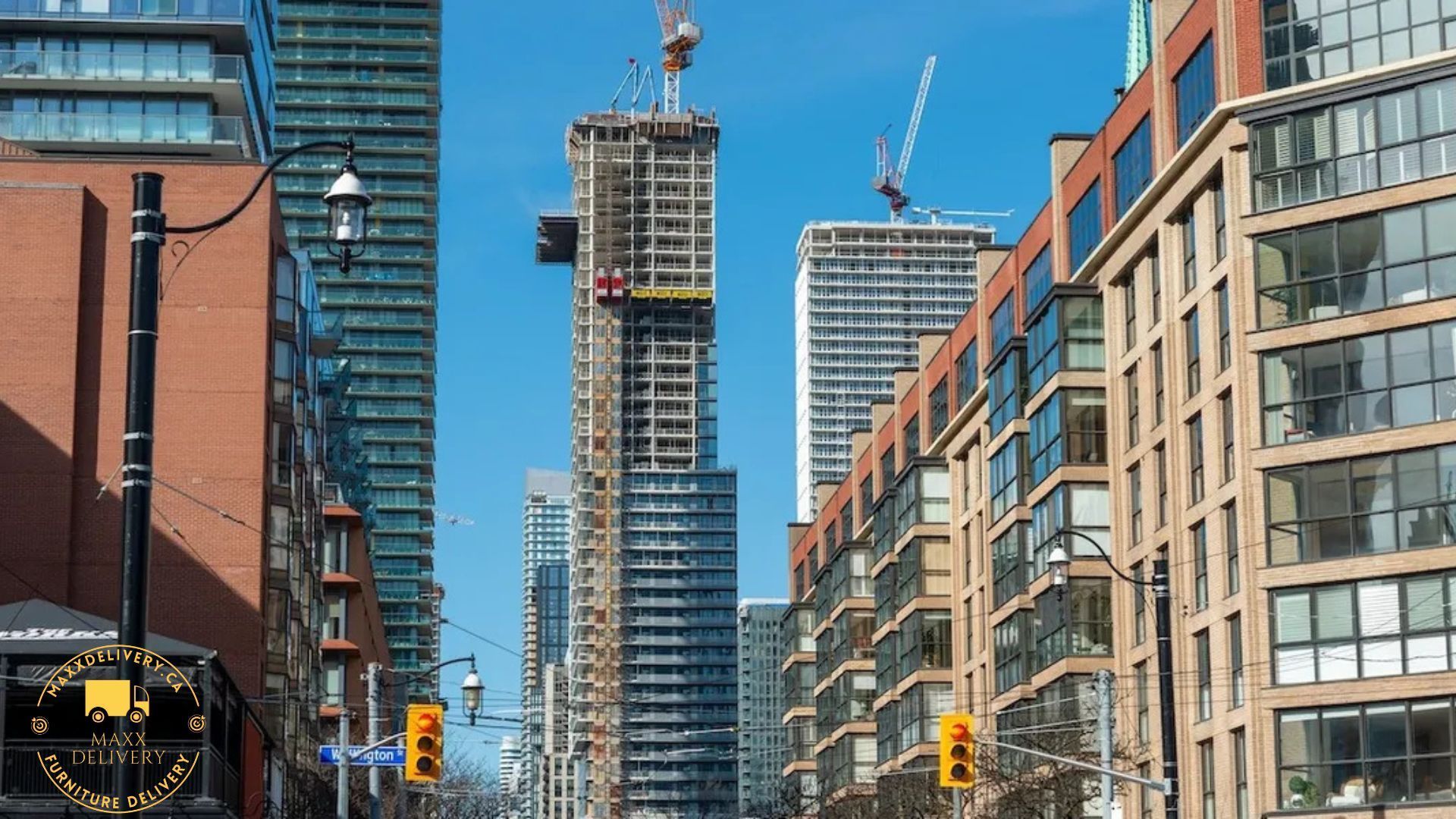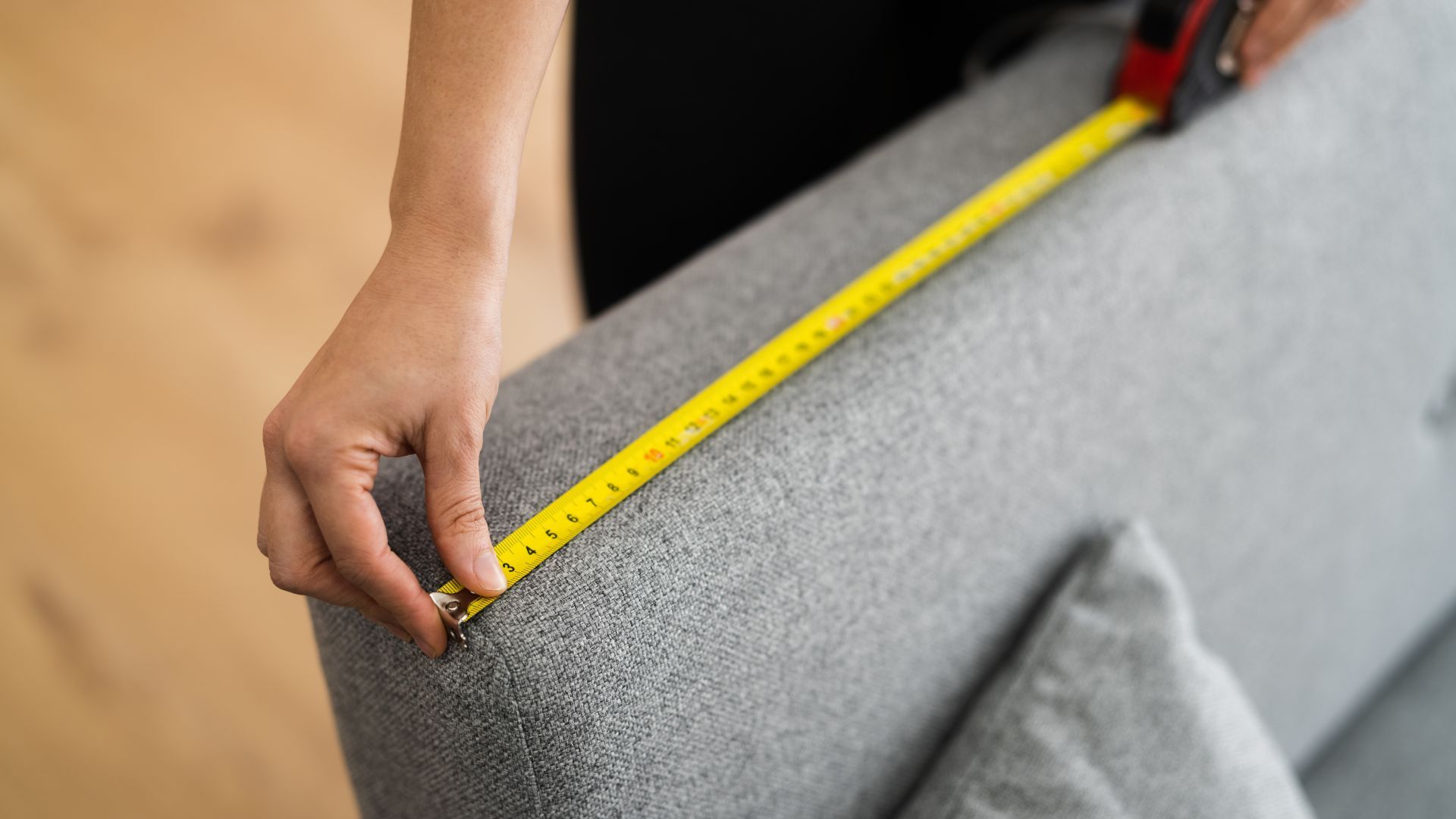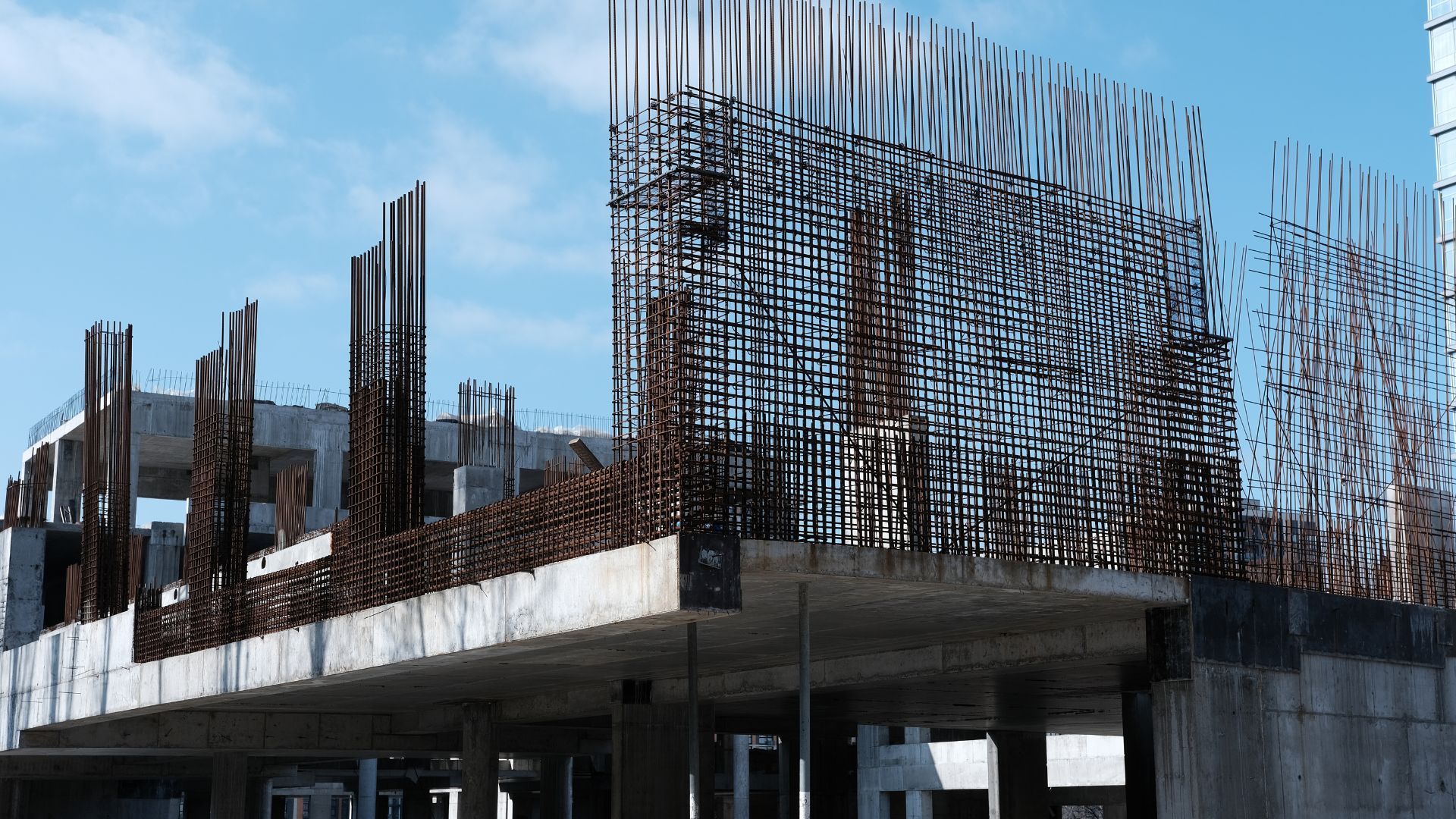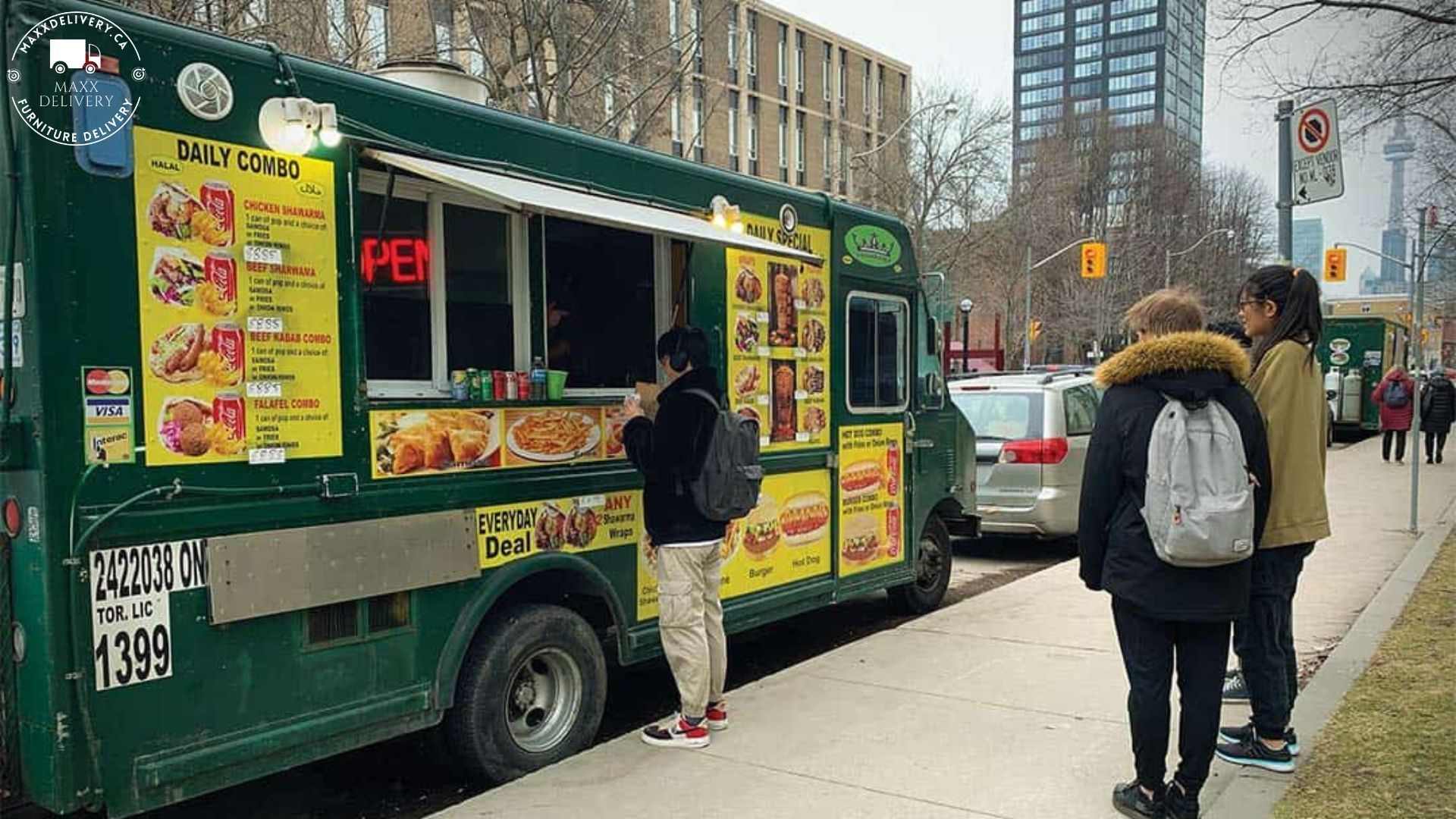How to reduce the cost of moving?
Moving to a new home can be an exhilarating journey, but it often comes with a hefty price tag that can take you by surprise. From hiring movers to renting trucks, the costs can add up quickly, especially if you’re not prepared for the hidden expenses lurking in the shadows. Fortunately, there are numerous strategies you can employ to minimize these costs and keep your budget intact. This blog post will serve as your ultimate guide to reducing moving expenses while ensuring a smooth transition to your new space. We’ll explore practical tips such as identifying overlooked fees, being resourceful with packing materials, and evaluating whether to hire professionals or take a DIY approach. Whether you're moving just a few items or an entire household, you’ll find valuable insights tailored to your needs. Additionally, we’ll discuss creative ways to lighten your load by selling or donating items you no longer need. By decluttering before the big day, you not only reduce moving costs but also make the process less overwhelming. With a bit of planning and creativity, you can turn your move into an affordable and stress-free experience. So, let’s dive in and discover how to make your next relocation budget-friendly and efficient!
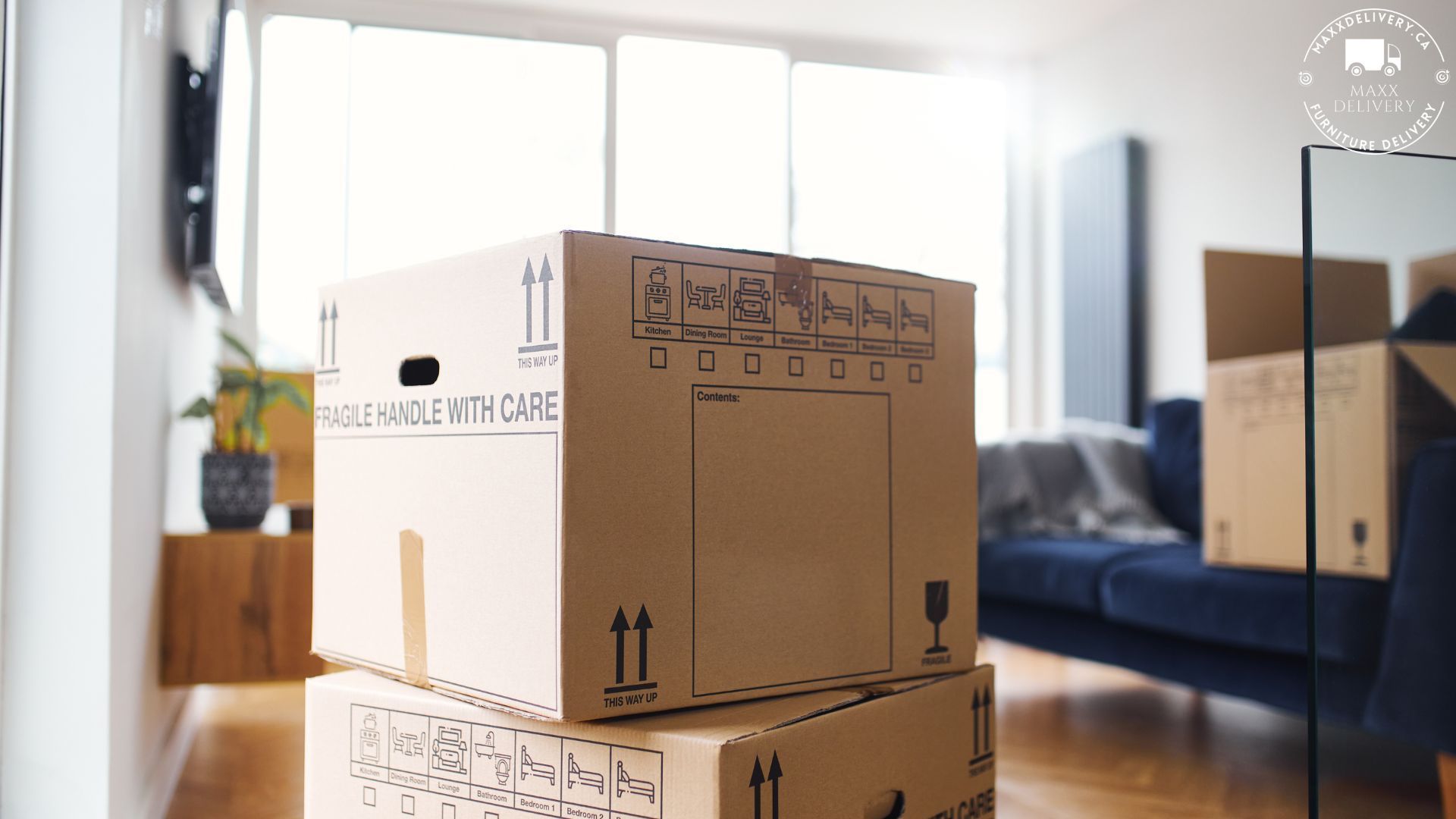
Plan Ahead for Hidden Moving Costs
The first step in reducing moving expenses is to grasp the potential hidden costs that often go unnoticed. While most people prepare a budget for obvious expenses like hiring movers or renting a truck, additional fees such as packing materials, temporary storage, or even elevator booking fees in apartment buildings can quickly add up. In cities like Toronto, for instance, some apartment buildings require you to reserve the elevator, which could come with additional charges. Planning ahead is crucial. Begin by obtaining quotes from multiple moving companies, as this not only ensures you get the best deal but also helps in identifying any extra fees or services that may be included. For example, you might cut costs by negotiating for services like moving labor only, without paying for packing and unpacking, which is particularly useful if you're doing a local move within the Greater Toronto Area.
Save on Packing Materials by Being Resourceful
One of the simplest ways to reduce moving costs is by sourcing free or low-cost packing supplies. Instead of buying new boxes, ask local stores for spare ones, or check online platforms like Craigslist or Facebook Marketplace, where people often give them away. This can help you avoid spending money on unnecessary packaging materials. Additionally, household items like towels, clothing, and blankets can serve as protective cushioning for fragile belongings, eliminating the need for costly bubble wrap. By using what you already have at home, you not only save money but also make your move more eco-friendly by reducing waste. Being creative with resources can further minimize expenses. Newspapers or magazines can be used to wrap delicate items, offering a cheap alternative to store-bought packing paper. Sourcing free materials and reusing items you already own can significantly reduce your moving costs while helping the environment. This approach not only lightens the financial load but also simplifies the moving process. By preparing ahead and thinking resourcefully, you’ll avoid last-minute runs to buy expensive packing supplies, giving you more flexibility in your overall moving budget. These small efforts add up, helping to keep your relocation affordable and efficient.
Do-It-Yourself Packing to Save Big
Another significant cost when moving is the expense of hiring professional packing services. While this option offers convenience and expertise, it can dramatically increase the overall budget for your move. If you're looking to save money, taking a do-it-yourself approach is a practical way to reduce these expenses. By packing your belongings yourself, you maintain full control over how everything is handled, allowing you to prioritize organization and care for fragile items. In addition to the financial savings, DIY packing allows for a personal touch that can make the entire process feel more manageable. Enlisting the help of friends or family members can turn this daunting task into a more efficient and even enjoyable experience. It can become a collaborative effort, with everyone chipping in to ensure everything is packed safely and effectively.Furthermore, packing your own items gives you the opportunity to categorize and label things precisely according to your preferences, which will make unpacking at your new home much easier. Clearly marking boxes by room or content type ensures that you can quickly find what you need when you're settling in, saving time and reducing stress. Ultimately, by handling the packing yourself, you avoid the inflated costs of professional services while gaining a greater sense of control over your move. This method also provides the flexibility to take your time and pack at your own pace, allowing you to avoid the rush and potential mishandling that can sometimes occur with hired packers.
Look Out for Miscellaneous Costs
Some moving costs are less obvious but can be just as impactful as the more visible expenses. For instance, items like setting up utilities in your new home and renting storage units can significantly add to your overall moving expenses. It's crucial to be proactive about including these costs in your moving budget. Many people overlook utility setup fees, which can vary widely and may cost anywhere from $50 to $200 per service, depending on your provider and location. In addition to utility setup fees, consider other miscellaneous costs that can arise during the moving process. This can include rental deposits, fees for transferring services, and even costs associated with changing your address. To avoid being blindsided on moving day, it's essential to conduct thorough research on these potential expenses ahead of time. This will enable you to factor them into your budget, ensuring you have enough funds allocated to cover them. Moreover, planning for every small cost will help prevent unnecessary stress later in the moving process. By being aware of all possible expenses, you can create a more accurate budget and make informed decisions that align with your financial capabilities. This proactive approach not only alleviates stress but also allows you to focus on the excitement of your new home rather than the financial burdens of moving. Ultimately, a comprehensive understanding of these costs will empower you to approach your move more smoothly and efficiently.

Consider Alternative Moving Solutions
If you’re only moving a few large items or relocating to a small apartment, it’s worth considering the benefits of using single-item movers or even renting a smaller vehicle for your transportation needs. Single-item movers specialize in transporting just a few pieces of furniture or large items, making them a great choice for anyone who doesn't have a full household to move. Additionally, some companies also offer Media Mail for shipping heavy items like books, which can be a much cheaper alternative to traditional moving services. Utilizing Media Mail for your books can lead to substantial savings, especially when you're only transporting a few specific items. These alternative moving solutions can be particularly advantageous if you’re not moving an entire household and want to save on truck space and rental costs. By choosing smaller, more specialized services, you can often find more budget-friendly options that still meet your needs. Opting for these alternatives wisely can significantly reduce your moving expenses without sacrificing the quality of service you receive. In addition, it can make your move less stressful, as you’ll only have to focus on transporting essential items. This approach allows you to streamline the moving process, making it more efficient and manageable. Ultimately, exploring these options can lead to a smoother transition to your new home while keeping your moving costs in check.
Sell or Donate Items Before Moving
One effective way to significantly reduce your moving costs is to lighten your load before the big day. Before you start packing, take some time to go through your belongings and decide what you truly need to take with you. Consider hosting a yard sale or listing items online to make some extra cash from items you no longer want or need. Alternatively, you can donate items to local charities to help declutter your space and support those in need. The fewer items you have to move, the smaller the moving vehicle you’ll need to hire, which directly translates to more savings on rental costs. Additionally, by reducing the volume of your belongings, you can streamline the packing and loading process, making your move more efficient. Plus, having fewer items means you’ll feel more organized and less overwhelmed when you arrive at your new home. A well-organized move can enhance your overall experience, making it a more enjoyable transition. Taking the time to declutter not only saves you money but also contributes to a fresh start in your new living space. Embracing a minimalist approach to moving allows you to focus on what truly matters, ensuring a smoother journey into your new environment. By lightening your load, you set yourself up for a more manageable and cost-effective moving experience.

Balance Professional Movers with DIY Options
Finally, it's important to weigh the benefits of hiring professional movers versus opting for a do-it-yourself (DIY) approach when planning your move. Professional movers provide convenience and expertise, making the process smoother and less stressful, but they can also be costly. If you're looking to save money, renting a truck and managing the move yourself is a viable option for local relocations that can significantly cut down on expenses. When considering your moving strategy, the key is to compare costs thoroughly and carefully evaluate how much time and effort you're willing to invest in the process. If you choose the DIY route, be prepared for the physical demands of packing, lifting, and transporting your belongings, as this will require additional planning and organization. On the other hand, if you decide to hire professional movers, ensure you gather quotes from multiple companies to find the best deal and avoid any surprise fees. Ultimately, whether you go the DIY route or opt for professional movers, it’s crucial to prioritize efficiency and make budget-conscious decisions that align with your financial situation. Balancing the pros and cons of each option will help you choose the most effective moving solution for your needs. A thoughtful approach will allow you to manage your move effectively while minimizing stress and expenses.
MaxxDelivery Moving and Delivery Tips and Blog
